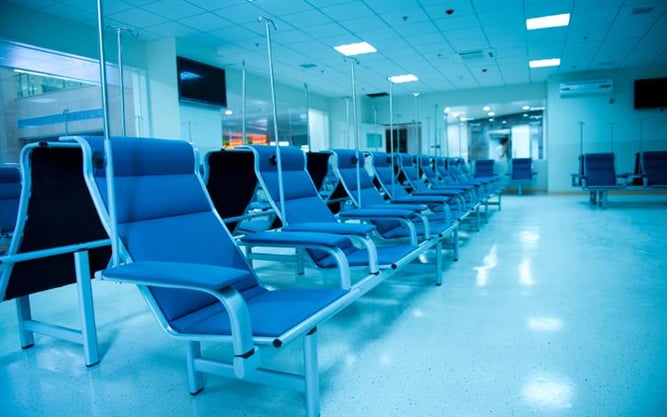
Because there are always many unknowns, preparing for a disaster is an enormous undertaking. For rural hospitals, this challenge is further amplified due to issues such as remote location, limited resources, and staffing shortages. Yet by actively preparing for the types of disasters that rural hospitals are most likely to face, such difficulties can be lessened.
According to the Rural Health Information Hub, funded by the Federal Office of Rural Health Policy, rural areas should be prepared for the following:
Natural Disasters
All areas are at risk for potential natural disasters, yet geographics will determine the types of natural disasters that are most likely to impact a particular rural hospital. From floods to tornadoes to hurricanes and winter storms, it is important to evaluate the relative risk of each and mount a proper defense. This involves provisioning extra supplies and portable equipment, ensuring proper communication with local and regional authorities, and entering into mutual aid agreements with other hospitals.
Many times with natural disasters there will be some forewarning of the event, so hospitals can better prepare. However, this is not always the case, so the more planning that occurs on the front end, the better.
It is also important to keep in mind that in the event of a significant disaster, the local hospital may serve as a temporary shelter for community members, even without injuries. Emergency plans should address the ability to accommodate these individuals as well.
Disease Outbreaks
COVID-19, Influenza, Ebola, SARS, and RSV – all hospitals need to be prepared for large-scale infectious disease outbreaks. Yet rural hospitals are less likely to have the capacity to care for these patients.
As part of disaster preparedness planning, rural hospitals should focus on improving laboratory and surveillance equipment, expanding isolation facilities, and securing needed medical supplies, such as ventilators and portable suction devices, to be able to accommodate a large influx of critically ill individuals.
Industrial Accidents
Many large industries are located in rural areas. These include power plants, chemical facilities, nuclear facilities, and food production and water facilities. Should an explosion or fire occur, a large number of injuries could occur onsite. Or, in the case of an accident releasing toxic chemicals or contaminating the water, many people in the surrounding area could be affected.
A patient surge could quickly overwhelm a rural hospital. The ability to quickly create additional patient care spaces and provide a decontamination area would be crucial.
Terrorist Attacks
We often think of crowded urban areas being the prime targets for terrorism. Yet many areas that are very important to our national security, including missile launch sites, are found in rural locations. This makes them more vulnerable to terrorist threats.
To be able to handle such an event, rural hospitals need to focus on the education and training of staff regarding terrorist attacks. In addition, dedicated decontamination areas, proper pharmaceutical and medical supplies, and appropriate laboratory facilities would be needed.
It is clear that with already limited funding and resources, there is a lot that rural hospitals will need to do to be prepared if a disaster strikes. However, as continued effort is placed on emergency preparedness activities, rural hospitals will keep moving toward reaching that goal.
Editor's Note: This blog was originally published in January of 2021. It has been re-published with additional up to date content.
















